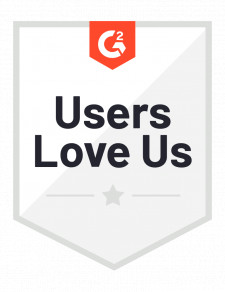We are PPC Magic

Rated 5/5
Revenue Acceleration Agency for B2B Firms
✓ Performance Marketing Veterans, 10+ years of exp.
✓ Performance-Based Pricing Options
✓ 100% Satisfaction Guarantee
Join Waitlist
We’re fully booked. Join our waitlist and we'll reach out when a client spot opens.





WHAT YOU GET WHEN WORKING WITH US
Grow faster with Professional PPC Management

Start Getting More Leads
Stop worrying about lead generation - focus on your business while we flood your pipeline with leads ready to convert.

Reduce Cost per Conversion
Turn every dollar into results. With precision targeting and optimized landing pages, we maximize your ROI.

Scale Customer Acquisition
Hit your growth goals without limits. Our PPC strategies scale seamlessly as your business expands.

Drive More Revenue
See dramatic results fast e.g. 2-3x your PPC revenue in just 30 days with our performance-driven campaigns.

Improve Lead Quality
Say goodbye to wasted leads. We optimize for high-quality prospects based on lead score, deal size, and conversion value.

Clarity & Insights
Get transparent reports, regular updates, fresh insights, and spot new opportunities to grow your business.
COMPARISON
Why choose Magic for PPC Management
Most of our clients get at least 200% boost for their conversion volume within the first week. You can start working with us for free and we either drastically increase your conversions or you don't have to pay a penny.


TRUSTED BY 40+ CLIENTS

TESTIMONIALS
500+ B2B Leads via PPC

"We started seeing results in incoming leads in just a few weeks. They have demonstrated flexibility in adapting their processes to fit our company and industry. Reliable, stable and responsive team."
Director of Sales, Dokumeds/RHO
150+ Clients in 2 months

"We grew so rapidly our calendars got booked 3 months ahead. They are extremely knowledgeable in Google Ads. Always a pleasure working with PPC Magic and would recommend them to anyone looking for PPC management."
CEO, Kondicio
1114% Increase in Conversions

"They generated 12x more conversions in the first month compared to the previous PPC manager while spending roughly the same budget. Move your marketing to PPC Magic and never look back."
CEO, British utilities provider
FREQUENTLY ASKED QUESTIONS
About our Services
Join Waitlist
Reach Your Paid Acquisition Goals Faster and Smarter.
We’re fully booked. New client spots open every 4–8 weeks. Join the waitlist to be first in line.